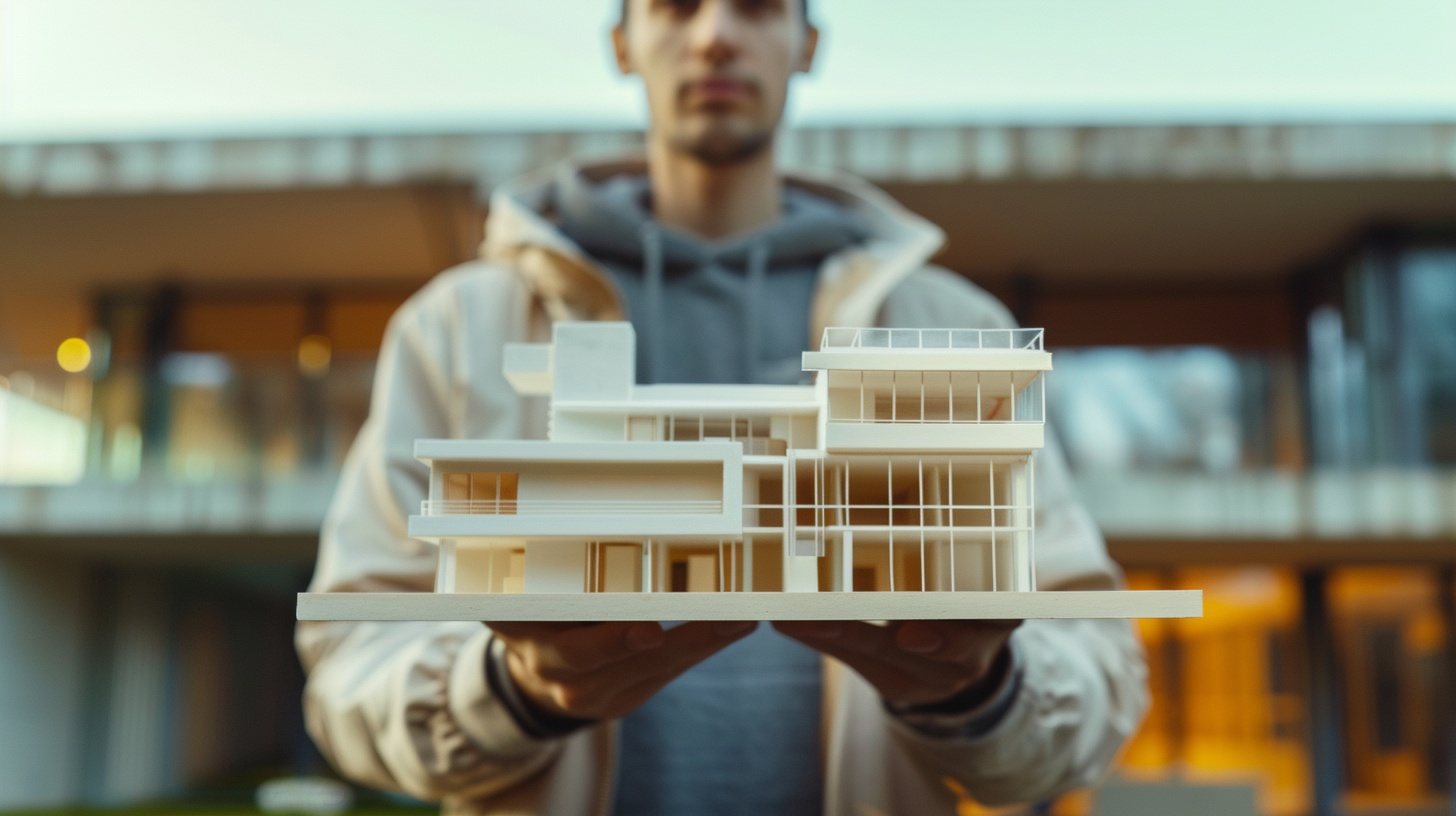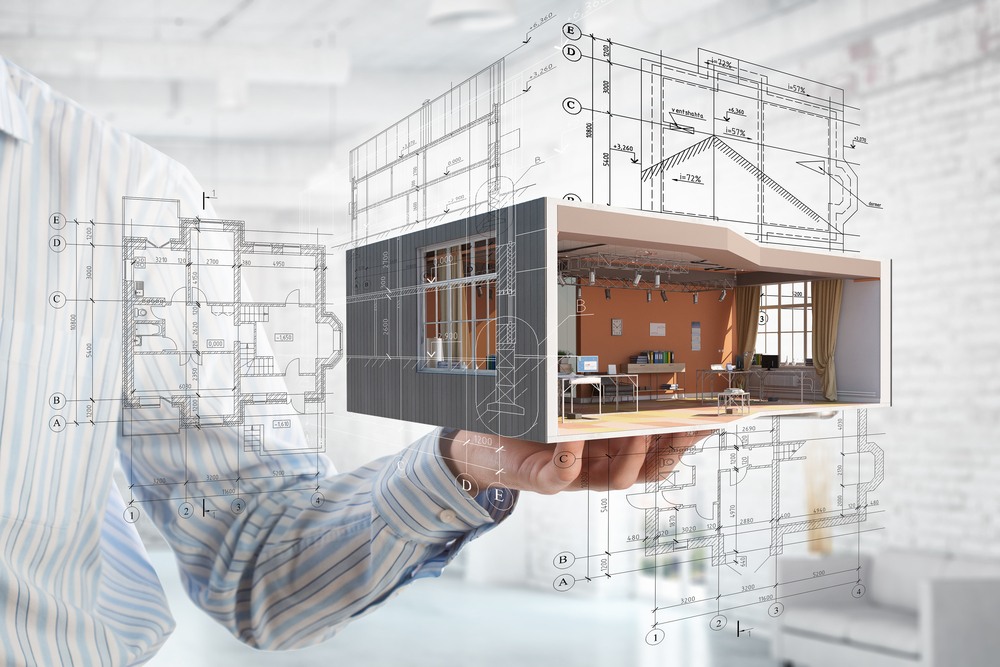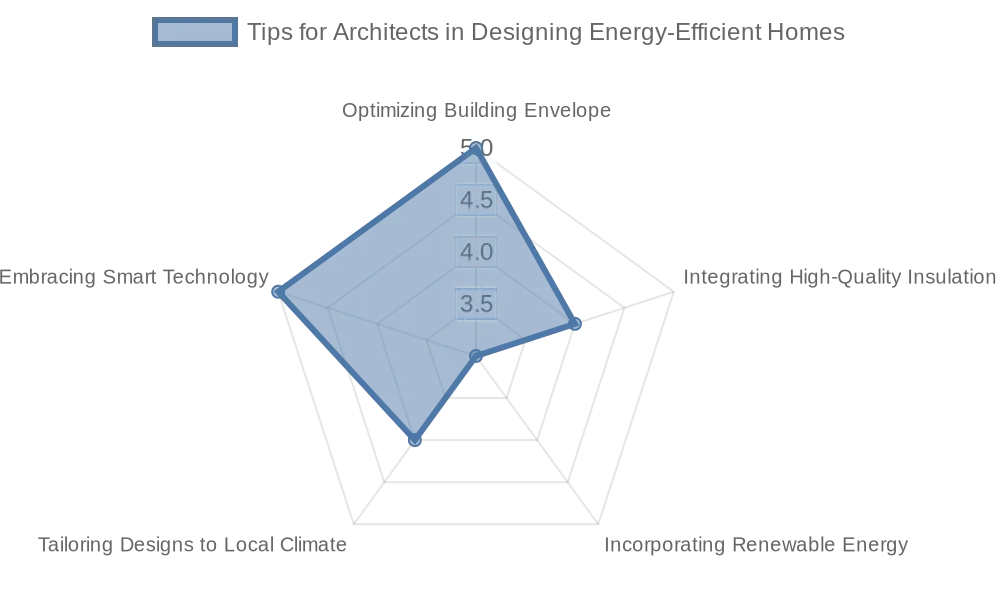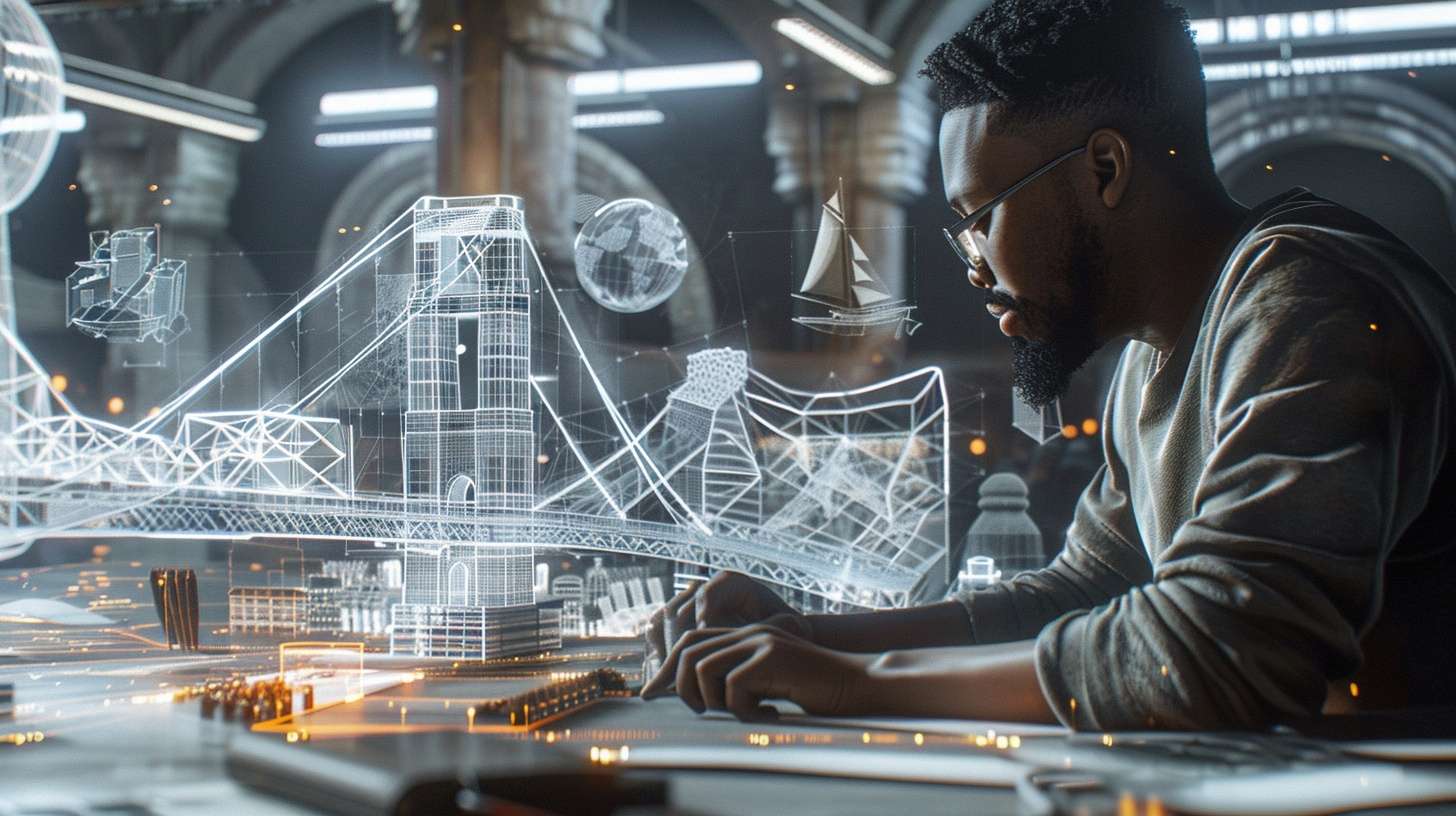
Tips for Architects in Designing Energy-Efficient Homes

As architects get into the intricate task of designing energy-efficient homes, they often encounter a spectrum of inquiries regarding the most effective strategies and techniques. Here, we navigate through some prevalent questions, seamlessly weaving their answers into the fabric of our discussion on sustainable architectural design.
Optimizing Building Envelope and Orientation: One of the foundational principles in designing energy-efficient homes is the optimization of the building envelope and orientation. Architects should meticulously plan the layout and orientation of homes to harness the power of natural light and passive solar heating. By strategically positioning windows, skylights, and shading elements, architects can minimize heat gain in summer while maximizing it in winter, thereby reducing the reliance on artificial heating and cooling systems.
Integrating High-Quality Insulation and Materials
The choice of building materials plays a crucial role in the energy performance of a home. Architects should prioritize the use of high-quality insulation materials and ensure a well-sealed building envelope to prevent heat loss in winter and heat gain in summer. Additionally, opting for energy-efficient windows and doors further enhances thermal performance, creating a more comfortable indoor environment while reducing energy consumption.
Incorporating Renewable Energy Solutions: To truly elevate the energy efficiency of a home, architects can integrate renewable energy solutions seamlessly into the design. From solar panels to wind turbines, incorporating these technologies from the outset ensures optimal performance and reduced reliance on traditional energy sources. By embracing renewable energy solutions, architects can design homes that not only consume less energy but also contribute positively to the environment.
Tailoring Designs to Local Climate Conditions: Designing energy-efficient homes requires a deep understanding of local climate conditions. Architects should tailor their designs to suit the specific climate zone, optimizing passive design strategies accordingly. This might include leveraging natural ventilation, thermal mass, and landscaping to enhance comfort and reduce the need for mechanical heating and cooling. By harmonizing architectural design with local climate conditions, architects can create homes that are both energy-efficient and resilient.
Embracing Smart Technology and Sustainable Practices: In today’s digital age, smart home technology offers unprecedented opportunities for energy optimization. Architects should explore integrating energy management systems, smart appliances, and sustainable practices into their designs. From energy-efficient lighting fixtures to automated HVAC systems, embracing smart technology empowers homeowners to monitor and control their energy usage, further enhancing the efficiency and sustainability of their homes.
Common Questions Addressed in Designing Energy-Efficient Homes
Building with Efficiency in Mind: When embarking on the journey of designing energy-efficient homes, architects are tasked with a multifaceted challenge. They must navigate the complexities of material selection, strategically leveraging sustainable options to minimize a building’s energy consumption and environmental impact. From insulation choices to roofing materials, every component plays a crucial role in shaping the overall energy performance of the structure.
Harnessing Natural Forces: An essential aspect of energy-efficient design lies in harnessing the power of nature itself. Architects must skillfully orient homes to optimize natural light and passive solar heating, seamlessly integrating elements like windows, skylights, and shading devices. By doing so, they create spaces that not only maximize comfort but also minimize the need for artificial heating and cooling systems, thus reducing energy consumption.
Integrating Technological Solutions: In the modern era, the integration of technology has become a cornerstone of energy-efficient design. Architects now have access to a plethora of innovative solutions, from smart home systems to renewable energy technologies. By incorporating these advancements into their designs, architects can further enhance a home’s energy performance, empowering homeowners to monitor and manage their energy usage with ease.
Tailoring Designs to Local Contexts: Designing energy-efficient homes requires a nuanced understanding of local climate conditions and environmental factors. Architects must tailor their designs to suit the unique context of each location, optimizing passive design strategies to maximize comfort and minimize energy consumption. By harmonizing architectural design with the natural environment, architects create homes that seamlessly blend sustainability with functionality.
Embracing a Holistic Approach: At its core, designing energy-efficient homes is about embracing a holistic approach that considers every aspect of the building process. From the choice of materials to the layout of the space, every decision must be guided by a commitment to sustainability and efficiency. By integrating high-performance systems, renewable energy solutions, and smart technologies, architects can create homes that not only meet the needs of today but also pave the way for a more sustainable future.
Designing the Landscape of Energy-Efficient Homes
As architects embark on the journey of designing energy-efficient homes, they navigate a dynamic landscape shaped by innovation, sustainability, and a commitment to environmental stewardship. In this ever-evolving field, architects find themselves at the forefront of a revolution, tasked with reimagining the way we conceive, construct, and inhabit our living spaces.
Unlocking the Power of Design: At the heart of energy-efficient architecture lies the power of design itself. Architects wield their creativity and expertise to craft spaces that not only inspire but also optimize energy performance. Through thoughtful planning and meticulous attention to detail, architects can harness the natural elements to create homes that are as sustainable as they are stylish.
Balancing Form and Function: In the pursuit of energy efficiency, architects must strike a delicate balance between form and function. While aesthetics play a crucial role in shaping the character of a home, they must never come at the expense of energy performance. By integrating energy-efficient design principles seamlessly into their creations, architects can ensure that beauty and sustainability go hand in hand.

Conclusion
Whether you’re designing a new home or renovating an existing one, there are steps you can take to improve energy efficiency. From upgrading insulation to installing energy-efficient appliances, every small change adds up to make a big impact.
Ready to turn your vision of an energy-efficient home into a reality? Contact Designs Boss today to start your architectural planning journey. Our team of experts is here to guide you every step of the way, from initial concept to final construction. Together, we can create homes that are not only beautiful and functional but also sustainable for generations to come.
Latest

What Makes a Good Architectural University

What Are The Most Beautiful Bridges Ever Designed

